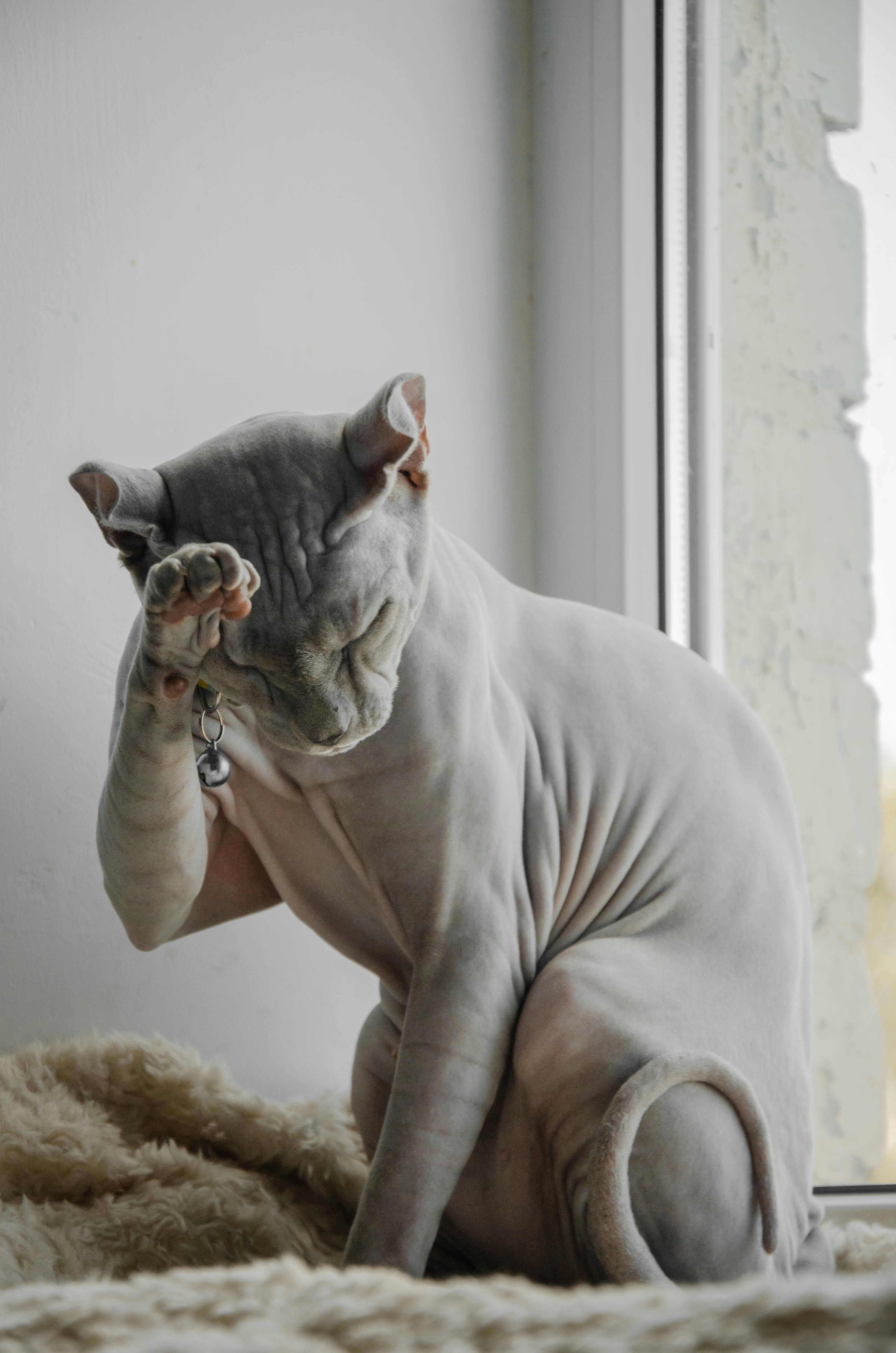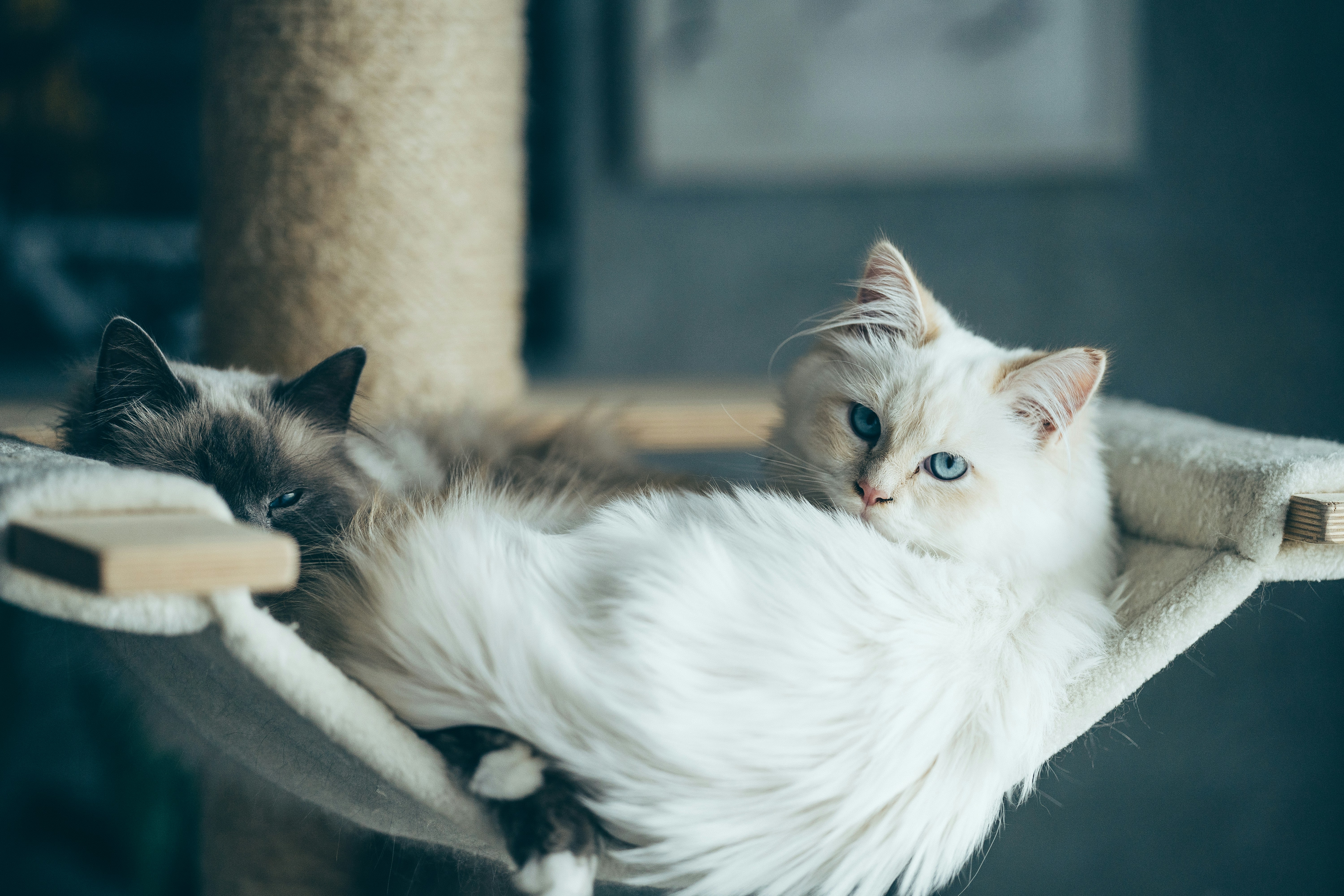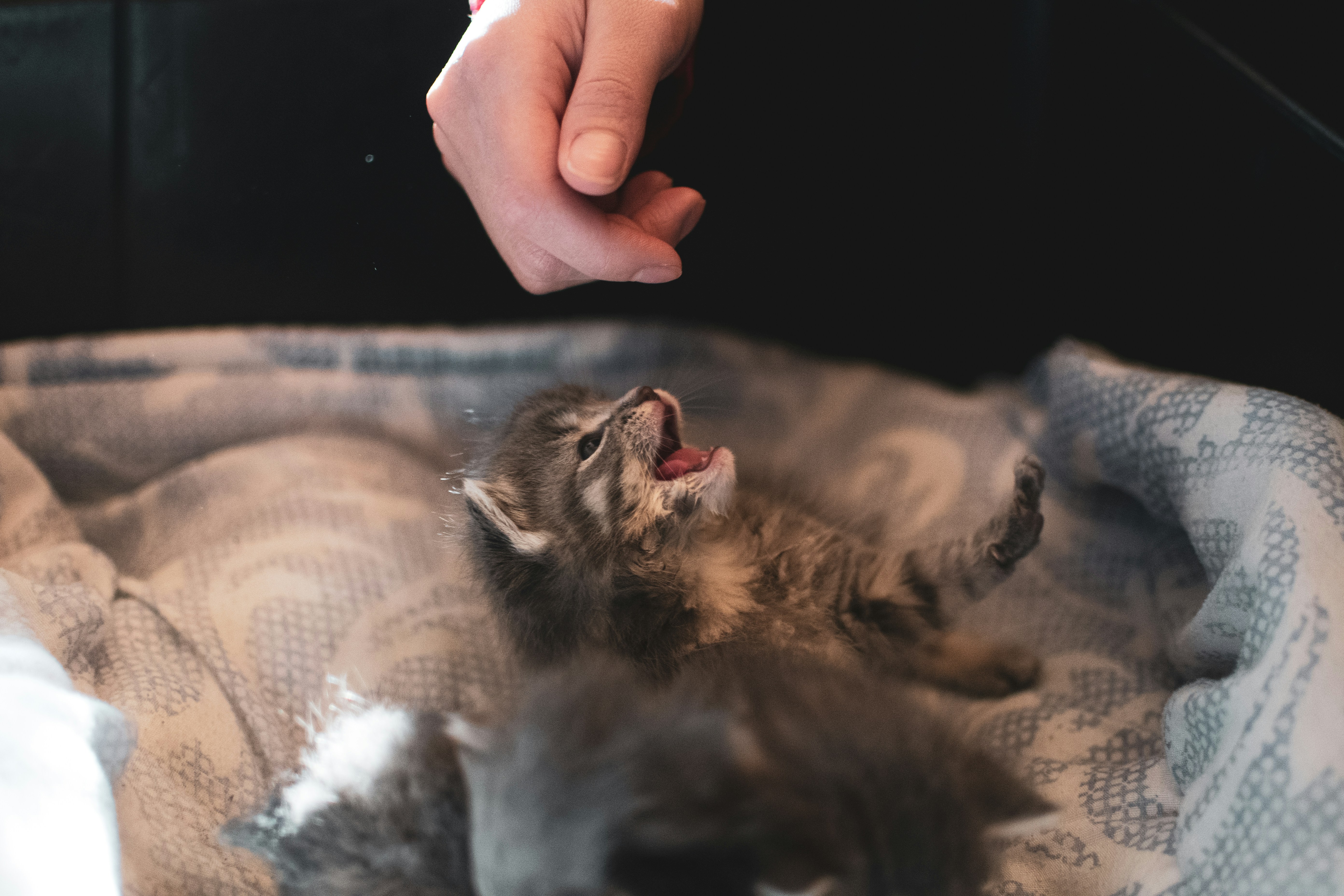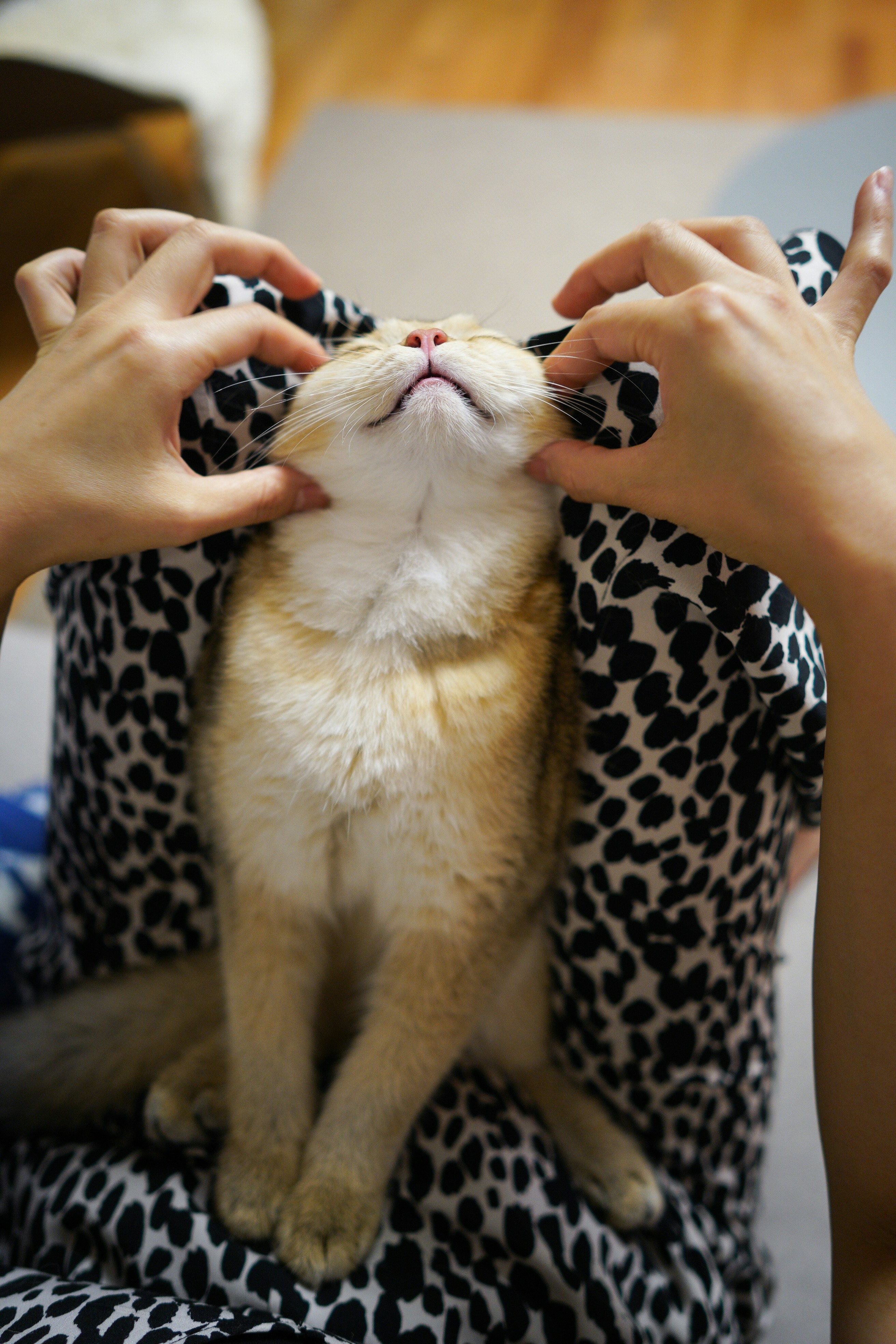The Ultimate Guide to Raising Your Sphynx and Hairless Cats
August 12, 2025 | by jennifer.affiliatemarketer@gmail.com
 Photo by LANA CHUDILOVSKI on Unsplash
Photo by LANA CHUDILOVSKI on Unsplash Essential Care Tips for Sphynx and Hairless Cats
Sphynx and other hairless cat breeds possess distinct care requirements that are essential for their well-being. Unlike traditional cats, hairless breeds lack a fur coat, making them more vulnerable to environmental factors such as temperature changes. Therefore, providing adequate temperature control is crucial. It is recommended to maintain a warm living environment, ideally between 70°F to 80°F (21°C to 27°C). A heated cat bed or blanket may also contribute to their comfort, especially during the cooler months.
Grooming practices for Sphynx cats differ significantly from those of their furred counterparts. Regular baths are an integral part of their care routine due to the increased oil production on their skin, which can lead to dirt buildup. It is advisable to bathe these cats every week or every two weeks using a gentle, pet-safe shampoo formulated for sensitive skin. In addition to baths, routine cleaning of their ears and nails must not be overlooked, as these areas can also accumulate dirt and wax.
When it comes to skin care products, it is essential to select those specifically designed for hairless cats. Look for moisturizing lotions or oils that can help prevent dryness and maintain skin health. Furthermore, Sphynx cats are susceptible to sunburn; hence, applying a cat-safe sunscreen before outdoor exposure is recommended to protect their skin from harmful UV rays. Regular veterinary check-ups are critical for all cats, including hairless breeds. Vaccinations should be administered according to a vet’s recommendations, with special attention paid to skin health, as Sphynx cats may be more prone to dermatological issues.
Overall, the unique care requirements for Sphynx and hairless cats encompass temperature regulation, thorough grooming practices, appropriate skincare products, and routine veterinary visits, all of which contribute to their health and happiness.
Feeding Your Sphynx and Hairless Cats: Nutrition and Diet
Sphynx and hairless cats exhibit unique nutritional requirements due to their distinctive physiology and fast metabolism. A balanced diet is essential for maintaining their overall health and energy levels. Foods that are rich in protein are particularly beneficial, as these breeds have a higher energy expenditure compared to their fur-covered counterparts. High-quality commercial cat food labeled as high-protein is often recommended. Look for options that contain real meat as the primary ingredient, as this will provide the essential amino acids necessary for growth and maintenance.
Moisture content is another critical aspect of the diet for Sphynx cats. Given their lack of fur, they are more prone to dehydration than other breeds. Consequently, incorporating wet food into their feeding regimen can help ensure they receive adequate hydration. Aim for a diet that consists of approximately 60-70% wet food to help maintain moisture levels in their bodies. When transitioning to a new diet, it is advised to do so gradually over the course of several days to minimize gastrointestinal upset. This adjustment allows the cat’s digestive system to acclimatize to new ingredients effectively.
Feeding schedules should ideally consist of multiple small meals throughout the day, which is conducive to their rapid metabolism. Typically, three to four meals daily can be beneficial, ensuring that they receive consistent nutrition without long periods of fasting. Portion sizes can vary by age, weight, and activity level, so monitoring your cat’s body condition score is crucial for maintaining an ideal weight.
Dietary issues can arise in Sphynx and hairless cats, including food allergies that may result in skin irritations or gastrointestinal distress. Observing any symptoms and consulting a veterinarian can help identify potential allergens. Common allergens include specific proteins, grains, or artificial additives, and switching to a limited-ingredient diet may be beneficial in these cases. Identifying and addressing these dietary challenges is essential for fostering a healthy, well-nourished Sphynx or hairless cat.
RELATED POSTS
View all


